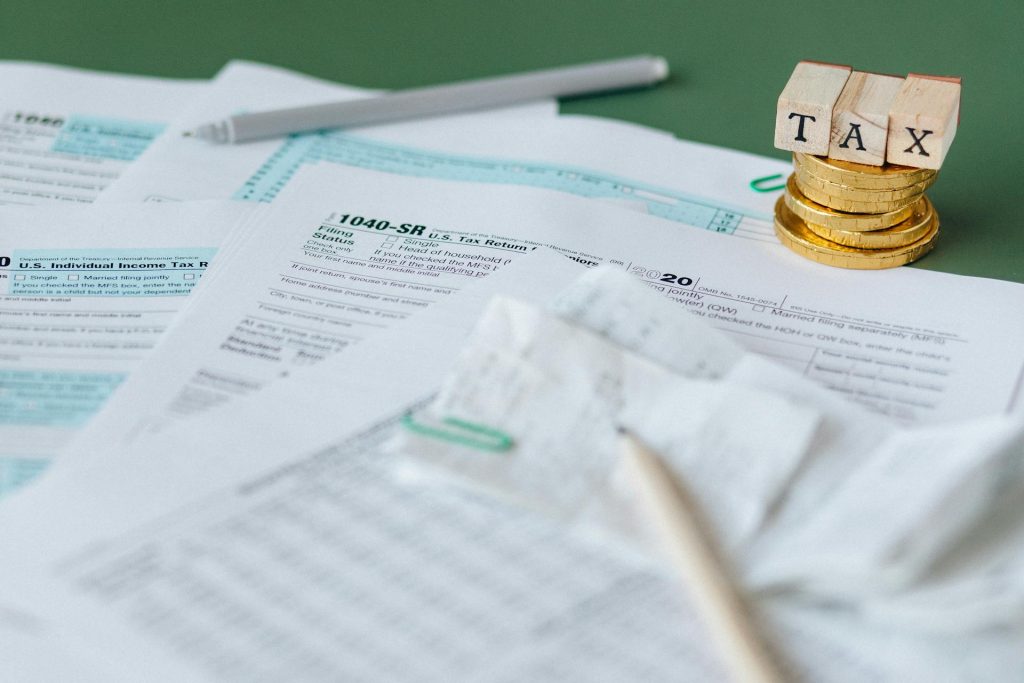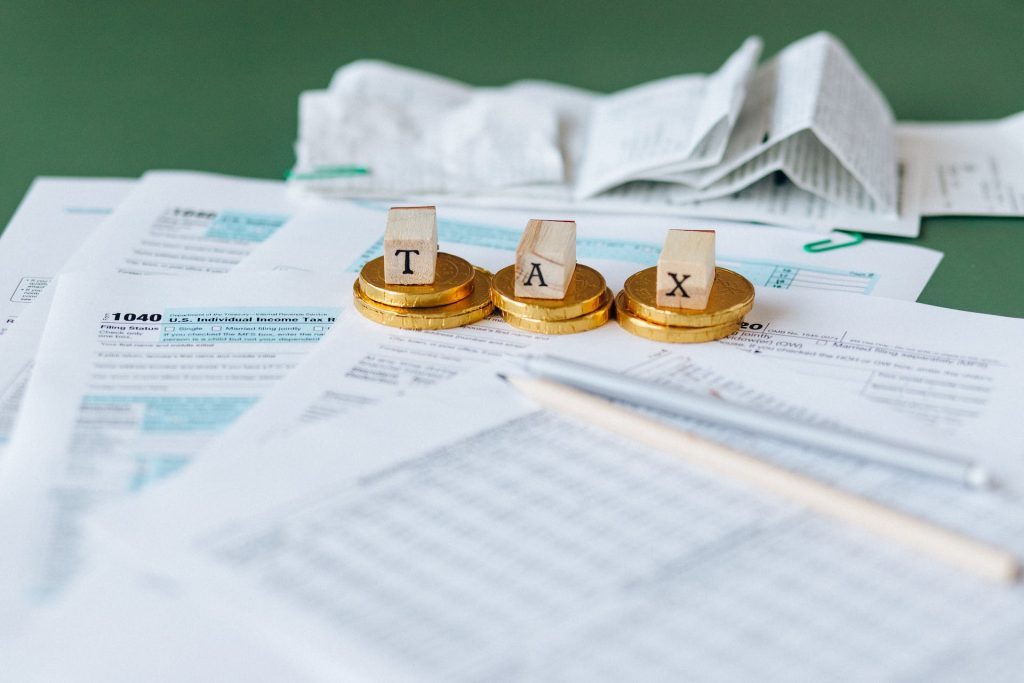Courts and tax authorities recognize a clear distinction between tax evasion and tax planning. While tax evasion is illegal and akin to a criminal activity, tax planning is a legitimate method to reduce taxes by correctly interpreting and applying tax laws.
The Honourable Supreme Court, in the landmark case of Azadi Bachao Andolan (263 ITT 706), emphasized the legitimacy of tax planning, stating:
“freedom of the citizen to act in a manner according to his requirements, his wishes in the manner of doing any trade, activity or planning his affairs with circumspection, within the framework of law, unless the same fall in the category of colourable device which may properly be called a device or a dubious method or a subterfuge clothed with apparent dignity.”
This article focuses on demonstrating two specific examples of minimizing tax liabilities through legitimate tax planning:
1. Use Real-Time Tax Profit and Loss Data
Modern brokers often provide real-time updates on tax profits and losses. For the current financial year (FY 24–25), set a reminder to review your tax position in March 2025, the final month of the fiscal year.
For instance, if by March 24, you have made short-term capital gains of Rs. 2.5 lakhs but have shares that, if sold, would result in short-term capital losses, consider selling those shares. Suppose this results in losses of Rs. 1 lakh, your short-term capital gains for the year would then be Rs. 1.5 lakhs (Rs. 2.5 lakhs – Rs. 1 lakh). You can repurchase the shares the next day. In most cases, the price difference will not exceed 1.5–2%, meaning you might lose around 2% but save nearly 15% in capital gains tax. Additionally, the share price might drop, allowing you to repurchase at a lower rate.
2. Utilize the Long-Term Capital Gains Exemption
Take advantage of the annual long-term capital gains exemption of Rs. 1 lakh. Suppose you bought shares for Rs. 50,000 and their current value is Rs. 2.5 lakhs. Selling all the shares in one year would result in significant tax liability. Instead, sell a portion of the shares each year to keep long-term capital gains around Rs. 80,000–90,000 annually. Repurchase the shares within a few days if you wish to retain them. By doing this, you realize gains while resetting your purchase price to the higher one, which can benefit you in future sales.
For example, if you bought shares for Rs. 50,000 in 2018 and sold them in 2023, you would pay capital gains on the entire Rs. 2 lakhs. However, if you sold part of the shares in 2022, ensuring the total long-term capital gains remained below Rs. 1 lakh, and sold the rest in 2023, you could minimize the long-term capital gains tax.
Conclusion
Minimizing income taxes when selling shares can be achieved through careful and strategic tax planning. By leveraging real-time profit and loss data and taking advantage of long-term capital gains exemptions, investors can legally reduce their tax liabilities. When correctly applied, these methods ensure compliance with tax laws while optimizing financial outcomes.




